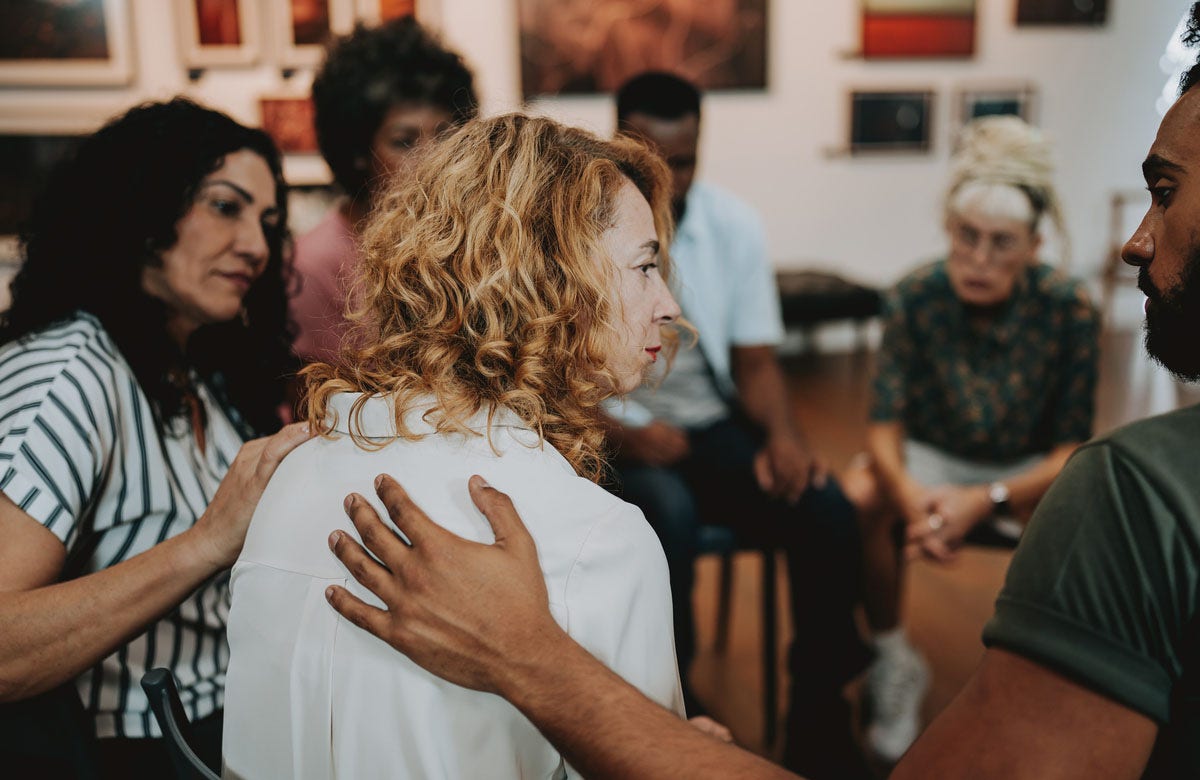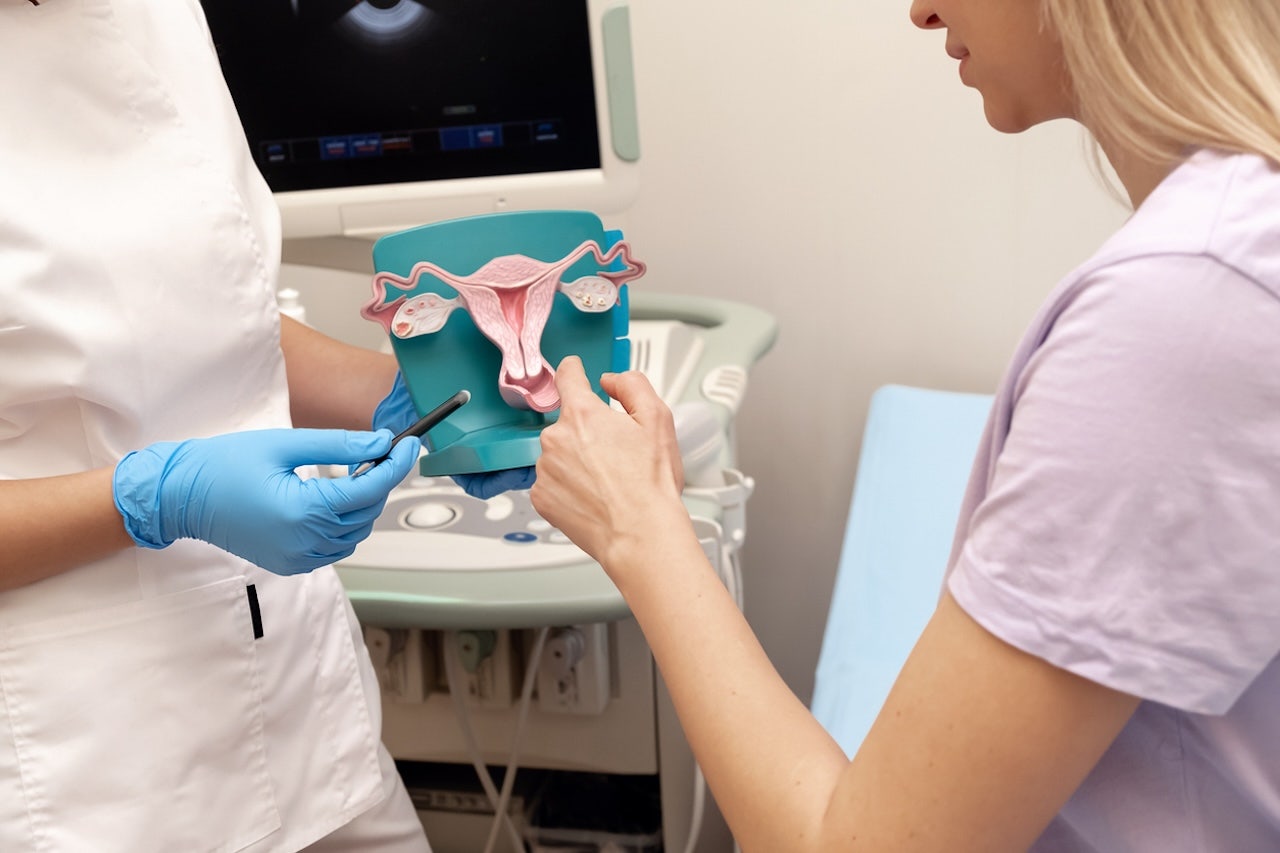A patient walks into a hospital room, sits down and starts talking to a doctor. Only in this case, the doctor is a hologram.
It might sound like science fiction, but it is the reality for some patients at Crescent Regional Hospital in Lancaster, Texas.
In May, the hospital group began offering patients the ability to see their doctor remotely as a hologram through a partnership with Holoconnects, a digital technology firm based in the Netherlands.
Each Holobox — the company’s name for its 440-pound, 7-foot-tall device that displays on a screen a highly realistic, 3-D live video of a person — costs $42,000, with an additional annual service fee of $1,900.
The high-quality image gives the patient the feeling that a doctor is sitting inside the box, when in reality the doctor is miles away looking into cameras and displays showing the patient.
The system allows the patient and doctor to have a telehealth visit in real time that feels more like an in-person conversation. For now, the service is used mostly for pre- and postoperative visits.
Crescent Regional’s executives, who have plans to expand the service to traditional appointments, believe it improves the remote experience for the patient.
“The physicians are able to have a much different impact on the patient,” said Raji Kumar, the managing partner and chief executive of Crescent Regional. “The patients feel like the physician is right there.”
But experts are skeptical about whether a hologram visit is significantly better than 2-D telehealth options like Zoom or FaceTime.
In medicine, technological advancements are judged by their ability to improve access to care, decrease its cost or improve its quality, said Dr. Eric Bressman, an assistant professor of medicine at the University of Pennsylvania.
“I don’t know of any data to support the idea that this would improve the quality of the visit beyond a usual telemedicine visit,” said Dr. Bressman, who has expertise in digital medicine.
Ms. Kumar said one of the ways a hologram improves the telehealth experience is the large screen and sophisticated camera that allow a doctor to see the patient’s full body, which is useful to judge characteristics like gait or range of motion.
The camera could be especially useful in a physical therapy setting, said Dr. Chad Ellimoottil, the medical director of virtual care for University of Michigan Health System.
Some of the benefits of the hologram are less tangible but still significantly improve the patient’s experience, said Steve Sterling, the managing director of the North American division of Holoconnects.
“We’re not going to affect patient outcomes,” Mr. Sterling said. “But what we are already impacting upon is a sense of engagement between doctors and patients.”
While Mr. Sterling said Crescent Regional is the first hospital application for the Holobox, hospitality services are more commonly using the technology.
Twelve hotels have a Holobox and there are plans to install the system in 18 more locations, Mr. Sterling said.
Dr. Ellimoottil believes this technology is better suited to a hospitality setting than a medical one. Telehealth allows patients to meet a doctor from home but patients using the Holobox system would still have to travel to an office.
In addition to concerns about a lack of improvement on the quality and accessibility of care, price is also an issue.
For now, $42,000 plus a $1,900 annual fee is not a cost-savings service. But Ms. Kumar said she is OK with that.
“It is not a revenue-generation thing,” she said. “It’s more of patient quality, engagement and delivering a better service to the patient. Giving them more comfort.”






